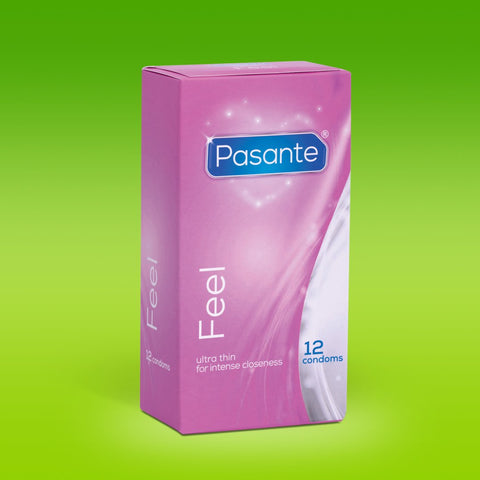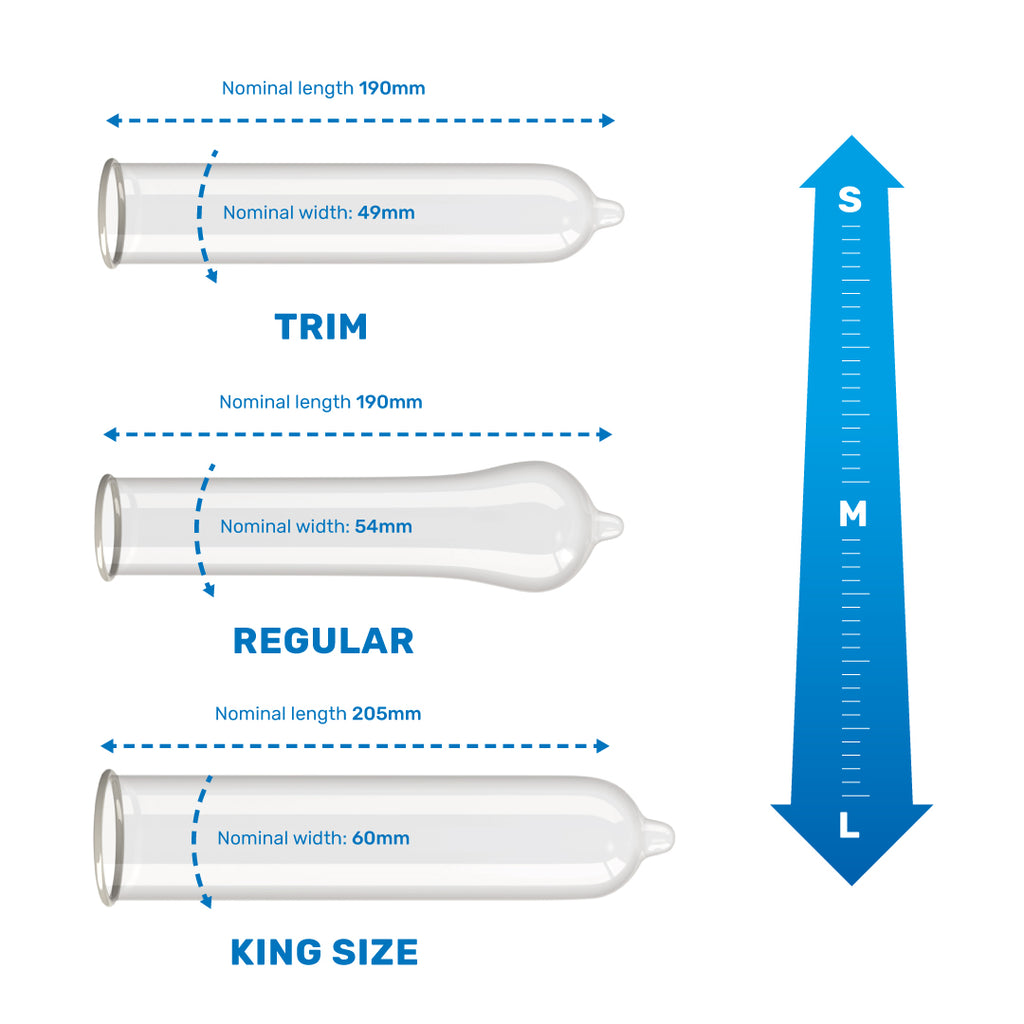
Understanding and Overcoming Common Sexual Health Myths
Understanding and overcoming sexual health myths is one of our favourite things to unpick. Whilst the internet makes it easy to find information, it can also spread a whole host of countless misconceptions. As well as this, talking with friends or family about our sexual health can also lead to confusion about what is factual and what is not.
With this in mind, here are four common sexual health myths, so you can be properly informed, reducing the risk of catching sexually transmitted infections, and keeping your sexual health protected.
Myth: You can’t get pregnant during your period
One of the most common myths we hear is that you can’t get pregnant during your period. Even though it’s less likely, compared to other times, it’s still possible, especially for those that have shorter or irregular cycles.
The menstrual cycle involves shedding of the uterine lining (period), followed by the release of an egg (ovulation), ready for potential pregnancy. Sperm can live in the fallopian tubes for up to five days, so if ovulation happens soon after a period ends, there’s still a chance for fertilisation to occur. As well as this, irregular cycles make it harder to know the most fertile days, which increases the risk of unintended pregnancy.
Understanding ovulation patterns and the fertile window can help you make informed choices about contraception and sexual health, helping to reduce the risk of unintended pregnancy.
Myth: You can’t get a sexually transmitted infection from oral sex
Another common sexual health myth is that you are unable to get a sexually transmitted infection from oral sex. This misconception is incorrect and can lead to the spread of infections like chlamydia, gonorrhoea and syphilis. Even though the chance of catching a sexually transmitted infection from oral sex is lower than vaginal or anal sex, it can still happen.
During oral sex, the risks of catching a sexually transmitted infection are higher if there are cuts, sores or direct skin-to-skin with infected areas. If an individual performing oral sex has a cut in their mouth or the person receiving oral sex has genital sores, the risk of transmission can increase.
In order to reduce the risk of catching a sexually transmitted infection during oral sex, it’s important to use a condom or dental dam, helping not only to keep your sexual health safe, but also your partners.
Myth: Erectile Dysfunction only affects older men
Many people think that erectile dysfunction only affects older men, but that’s not true. Issues with getting an erection or keeping an erection can occur at any age, and is influenced by various factors, including physical health, lifestyle or psychological wellbeing.
While age does increase the risk of erectile dysfunction, due to changes in blood flow and hormonal levels, younger men can also experience this condition, especially if they are experiencing stress, relationship problems or have underlying health conditions such as diabetes.
Therefore, erectile dysfunction can affect anyone, no matter their age. It’s important to talk openly about sexual health and seek support from a doctor if you have any concerns. Making healthier choices in life can also help with erectile dysfunction, such as eating healthier, exercising and managing stress levels.
Myth: Using two condoms provides extra protection
There’s a common misconception that using two condoms, or commonly known as ‘double bagging’ offers better protection against sexually transmitted infections or unintended pregnancy. Some people believe that by adding an extra layer of protection it can reduce the risk of the condom breaking or leakage during sexual activity.
However, this is not true. Using two condoms at the same time can actually increase the likelihood of the condom breaking. When two condoms are used together, it creates friction between them both, leading to higher chances of tearing or slipping off during intercourse. Therefore, using two condoms can reduce the effectiveness of the condom and increase the risk of sexually transmitted infections and unintended pregnancy.
Instead of double bagging, it’s important to use condoms correctly. Condoms come in all different shapes and sizes, from trim to king size, so there is a condom to fit every penis. Not only this, condoms are up to 99% effective on their own - reducing the need to double up.





